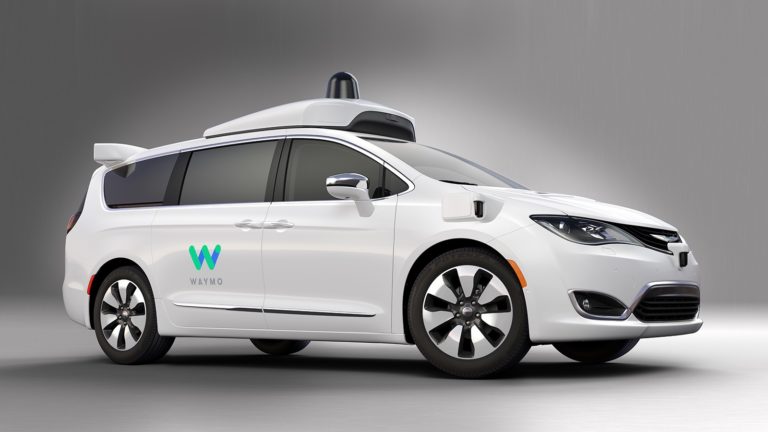Key takeaways
• Bally’s unveils a massive hotel, casino, and entertainment plan around the new Athletics ballpark
• The $1.5 billion Las Vegas project aims to boost sports tourism by 2028
• The development features towers, retail shops, dining venues, and live entertainment
• Bally’s tackles financial challenges to reshape Vegas fun and excitement
Bally’s Plans for a Vegas Entertainment Complex
Bally’s Corp. announced a striking new Vegas entertainment complex next to the Athletics ballpark on the Las Vegas Strip. This complex will offer a giant hotel, a casino, shops, restaurants, and live shows. It will open alongside the $1.5 billion stadium in 2028. Fans and visitors can enjoy sports, gaming, and dining all in one place.
What Makes This Vegas Entertainment Complex Special?
First, the complex stands out for its prime location. It sits by the cutting-edge ballpark, home to the Athletics baseball team. Second, the design features sleek towers that rise above the Strip skyline. Third, it taps into sports tourism, drawing fans year-round. Therefore, Bally’s expects a busy flow of guests beyond game days.
Hotel, Casino, and More
Bally’s will build a luxury hotel with thousands of rooms. Guests can choose from standard rooms to high-end suites with city views. The casino floor spans hundreds of thousands of square feet. It will host hundreds of slot machines, table games, and VIP gaming salons. In addition, Bally’s plans to include a sportsbook for live betting on games.
Dining, Retail, and Entertainment
Next, visitors can explore dozens of restaurants. Menus will range from casual bites to upscale dining. Coffee shops and bars will line the walkways. Also, retail stores will offer clothing, sports gear, and souvenirs. Live entertainment venues will host concerts, comedy shows, and exclusive events. As a result, the area will buzz with activity morning through night.
A Boost for Sports Tourism
Bally’s expects this Vegas entertainment complex to drive sports tourism on the Strip. Fans will book hotel rooms for baseball games, tournaments, and other events. Local businesses will benefit from increased visitor traffic. Moreover, guests will spend on dining, shopping, and shows. Thus, the economic impact could reach billions over time.
Financial Challenges and Solutions
However, Bally’s faces major financial hurdles. The company reported budget overruns on earlier projects. Concerns over rising interest rates and labor costs also surfaced. To address these issues, Bally’s plans to use a mix of debt and equity funding. It will seek partnerships with financial firms and sports investors. In addition, the firm aims to streamline construction to cut costs.
Community and Job Growth
Meanwhile, this project promises thousands of construction jobs. Local workers will build towers, roads, and public spaces. After opening, the resort will hire staff for hotels, gaming floors, and restaurants. Training programs will prepare employees for hospitality and entertainment roles. Consequently, the complex could boost local employment significantly.
Design and Architecture
The design blends modern glass structures with classic Vegas flair. Landscaped plazas will welcome visitors with fountains and greenery. Pedestrian walkways will connect the stadium to the resort. Rooftop pools and observation decks will offer stunning views of the Strip. Also, public art installations will add color and creativity throughout.
Technology and Innovation
In addition, the Vegas entertainment complex will use smart technology. Guests can check in via mobile apps and unlock rooms with digital keys. In-casino systems will offer personalized gaming experiences. Interactive displays will guide visitors to shops and dining hotspots. Energy-efficient systems will reduce the project’s carbon footprint.
Timeline and Future Outlook
Construction will begin soon after design approvals. Bally’s aims to finish major work by late 2027. They will test operations in early 2028 before the grand opening. Soon after, the ballpark will host its first game alongside the resort launch. Over time, Bally’s hopes to add more attractions and partner with sports leagues.
Local Reactions
Many Las Vegas residents welcome the project. They hope it will create jobs and boost tourism. Some worry about traffic and noise near the Strip. Bally’s plans to improve road access and public transit options. They also promise community meetings to address local concerns.
Comparisons to Other Resorts
This complex rivals projects by other major operators on the Strip. It aims to stand out by focusing on sports-themed entertainment. Unlike some giant resorts, it integrates closely with the ballpark. This synergy could make it unique. Fans can walk from a game directly into the casino or restaurant.
Marketing and Promotions
Bally’s will launch marketing campaigns targeting sports fans nationwide. They plan to offer game-and-stay packages. Early bird discounts will attract visitors in the first year. Social media influencers and athletes may help promote the resort. Exclusive member programs will reward repeat guests with perks.
Environmental Responsibility
The Vegas entertainment complex will include green spaces and efficient water systems. Low-flow fixtures and recycled materials will minimize waste. Bally’s targets LEED certification for its buildings. They also plan solar panels to power common areas. These steps show a commitment to sustainable development.
What’s Next?
As the project moves forward, Bally’s will share design updates and hiring plans. Public tours of construction sites may begin in 2026. Sports leagues and event planners will start booking dates. Fans can join mailing lists for early ticket and hotel deals. Over the next few years, excitement will build.
This ambitious Vegas entertainment complex promises to reshape the Strip’s skyline and vibe. It blends sports, gaming, dining, and live shows into one destination. By 2028, visitors can enjoy action-packed days at the ballpark and late-night fun at the resort. With thoughtful design and community support, Bally’s aims to redefine Las Vegas entertainment.
Frequently Asked Questions
How will the new resort connect to the ballpark?
The resort will link directly to the stadium via pedestrian walkways. Guests can walk straight from their rooms to their seats.
When is the grand opening planned?
Bally’s targets a full opening in 2028, lined up with the first Athletics game in the new ballpark.
What makes this development unique?
It fuses a major sports stadium with a huge hotel, casino, and entertainment venues all in one spot.
How will this project impact local jobs?
Construction will create thousands of roles. After opening, Bally’s expects to hire many more staff for hospitality, gaming, and services.










